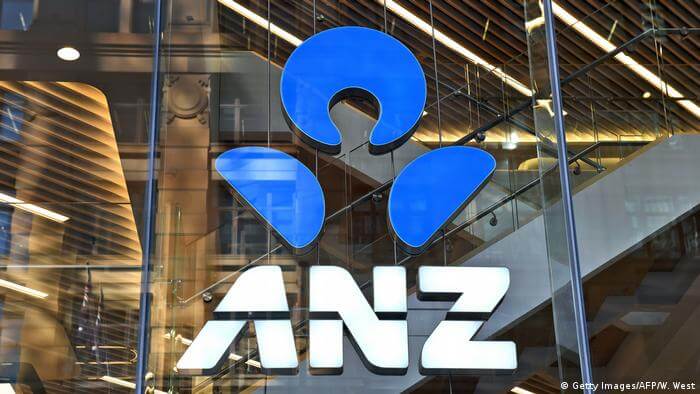ANZ Pays NZ$3.25M later than Misleading Customers on Fees and Mortgage Incentives


ANZ Bank New Zealand has admitted to breaching New Zealand’s fair dealing laws under the Financial Markets Conduct Act (FMCA) and agreed to pay a total of NZ$3.25 million to the Crown, following an investigation by the Financial Markets Authority (FMA). The regulator said the country’s largest bank made misleading representations in two areas: unarranged overdraft charging and the repayment of cash contributions tied to home loans.
What Happened: Two Breaches Confirmed
The FMA’s enforcement action centers on the accuracy of ANZ’s representations to customers:
- Overdraft Charging: Between 20 December 2012 and 31 May 2023, ANZ charged unarranged overdraft fees and excess interest in cases where payments were ultimately dishonoured. Under ANZ’s own terms and conditions, the bank could either charge the fee or dishonour the payment—not both.
- Mortgage Incentive Repayments: ANZ sought to reclaim cash contributions given to mortgage customers who discharged their loans within two to three years, on the assumption those customers shifted banking relationships. In 1,019 cases, ANZ later could not verify a breach of conditions.
Customers affected by overdraft fee issue (since FMCA commencement in 2014)
Total overcharges refunded (fees + excess interest), plus NZ$1.02M use-of-money interest
Mortgage customers remediated where incentive clawback couldn’t be substantiated
Payment to the Crown in lieu of penalties via Enforceable Undertaking
Overdraft Mischarging: Scope and Remediation
Since the FMCA came into force in April 2014, the FMA estimates 209,960 customers were impacted by the overdraft mischarging. ANZ has refunded NZ$3.49 million in wrongly applied fees and NZ$879,078 in excess interest, and paid an additional NZ$1.02 million in use-of-money amounts. The bank has and made “reasonable attempts” to locate and pay former customers.
| Component | Amount (NZ$) | Notes |
|---|---|---|
| Refunded Fees | 3,494,894 | Unarranged overdraft fees incorrectly charged |
| Excess Interest | 879,078 | Interest associated with misapplied overdraft fees |
| Use-of-Money | 1,019,459 | Compensation for time value of money |
Mortgage Incentives: False Right To Reclaim
ANZ offered cash contributions to customers obtaining new home loans, conditional on keeping broader banking relationships with ANZ for two to three years. When borrowers discharged ahead, ANZ sought repayment assuming a breach. The FMA says that in 1,019 instances ANZ couldn’t substantiate that breach, amounting to false representations about the bank’s right to demand repayment.
“Banks are required to ensure representations they make to contributions are not misleading and do not cause harm to customers. ANZ made false representations in both instances.” — Margot Gatland, FMA Head of Enforcement
Enforceable Undertaking: NZ$3.25M And Stronger Controls
ANZ has entered into an Enforceable Undertaking with the FMA and will pay NZ$2.08 million relating to the overdraft fee breach and NZ$1.17 million for the mortgage incentive breach. The bank has introduced a revised discharge process requiring customers to state reasons for ahead repayment and clarifying the circumstances under which cash contributions can be clawed back.
- Payment in lieu of penalty: Total NZ$3.25 million to the Crown.
- Process enhancements: Clearer discharge workflows; improved verification before incentive clawbacks.
- Controls uplift: Commitment to develop and maintain systems to prevent recurrence.
Why It Matters: Trust, Transparency, And Market Conduct
The case underscores how product terms, system logic, and customer communications must align precisely—especially for high-volume retail charging and incentive programs. New Zealand’s market conduct regime expects banks to avoid misleading or deceptive statements, ensure fee logic is correct, and substantiate any rights they assert against customers.
For customers, the remediation and undertaking signal that regulators will act on systemic misstatements that erode trust. For banks, the message is clear: sustainable conduct relies on governance over product design, testing of fee engines, and evidence-based enforcement of contractual terms.
What ANZ Has Changed
Following the self-report to the FMA, ANZ says it has:
- Updated discharge documentation to capture customer intent and clarify incentive conditions.
- Enhanced fee-calculation controls to prevent dual charging where payments are dishonoured.
- Committed to ongoing monitoring to outcomes.
Editor’s note: ANZ Bank New Zealand is the country’s largest retail and commercial bank. The Financial Markets Authority (FMA) enforces fair dealing provisions under the Financial Markets Conduct Act. The admission and payment arise from an Enforceable Undertaking agreed with the regulator.






